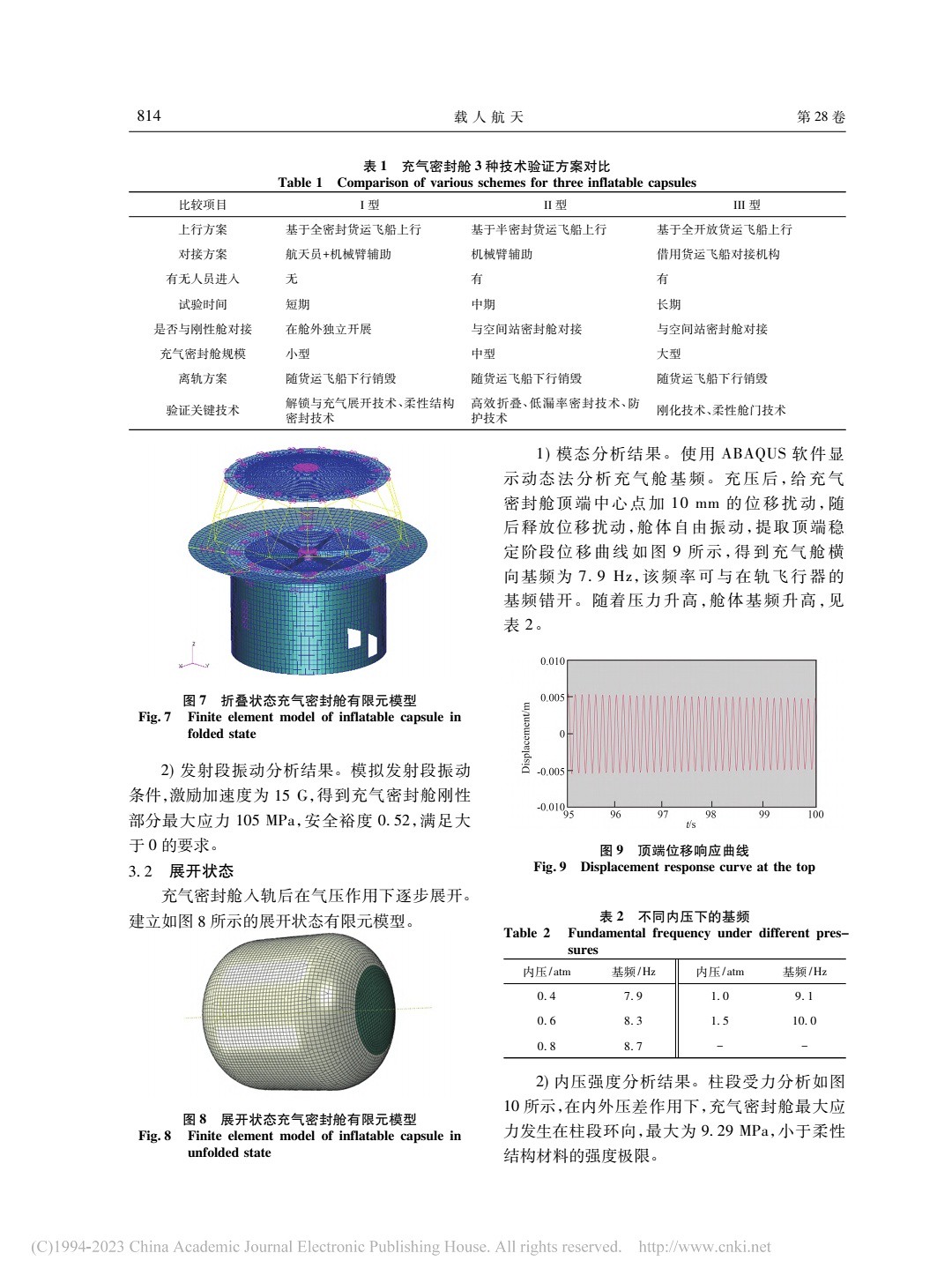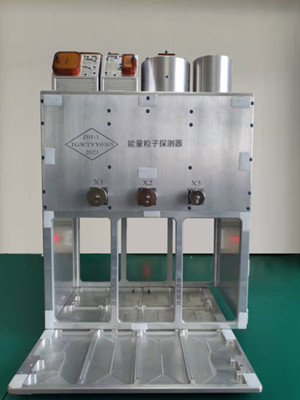You are using an out of date browser. It may not display this or other websites correctly.
You should upgrade or use an alternative browser.
You should upgrade or use an alternative browser.
China's Space Program Thread II
- Thread starter Blitzo
- Start date
Nice, Any info on Inflatable hatch/door i couldn't find any(Continued from above...)




Hypergolic engines and YF-100 are different production lines and tooling. Shutting down one line doesn't help to boost the other. Just think of stopping internal combustion engine production does not increase EV production capacity.Why is China still using hypergolic rockets? They're shrinking in total percentage of rocket launches every year, but at this rate, they're using to get a reusable 1st stage rocket in service before they're completely retired. Hypergolics are toxic, a major health hazard and also costs a lot more due to the increased safely requirements. It saves costs and manpower if they completely stopped production of the hypergolic rockets and focused entirely on their modern liquid fuelled rockets. Splitting up production lines like that isn't efficient, especially not for an obsolete technology.
An example, every engine needs to be test fired before installed on a rocket. There is limited test stand which limits the production rate of YF-100. Shutting down the hypergolic production isn't going to speed up YF-100. While they are building new test stand for new type of engines, the launch work is not going to wait.
Depends on how long DF-5 series ICBMs will still be in service.Why is China still using hypergolic rockets? They're shrinking in total percentage of rocket launches every year, but at this rate, they're using to get a reusable 1st stage rocket in service before they're completely retired. Hypergolics are toxic, a major health hazard and also costs a lot more due to the increased safely requirements. It saves costs and manpower if they completely stopped production of the hypergolic rockets and focused entirely on their modern liquid fuelled rockets. Splitting up production lines like that isn't efficient, especially not for an obsolete technology.
There is no need for there to be separate production facilities. The manufacturing processes to make gas generator or staged combustion engines with LOX/Kerosene and hypergolics are about the same. To a large degree it is about propellant density, and both have a fuel density close to 1.0 i.e. water. Both are bipropellant. As for the test stand, sure you need different propellant tanks and feed systems, but you can reuse the rest of the test stand if you want to. Or reequip it. The test stand SpaceX uses at McGregor Texas was originally developed by Beal Aerospace to test an H2O2/Kerosene rocket for example. Not LOX/Kerosene. If both engines have similar thrust levels you can reuse the heavy duty structures.
Shutting down one line does free up skilled engineers and money to expand the production of other systems. Economies of scale has always taught that's better to consolidate production in order to maximise benefit and remove inefficiencies.Hypergolic engines and YF-100 are different production lines and tooling. Shutting down one line doesn't help to boost the other. Just think of stopping internal combustion engine production does not increase EV production capacity.
An example, every engine needs to be test fired before installed on a rocket. There is limited test stand which limits the production rate of YF-100. Shutting down the hypergolic production isn't going to speed up YF-100. While they are building new test stand for new type of engines, the launch work is not going to wait.
Manpower and money is always limited. The money going into hypergolic could be used to make more test stands, more factories more whatever. Again, the precaution of having a trained hazmat crew for the handling of hypergolics is already expensive. Then there's the launch systems/instrastructure like the launch tower that need to be fitted with the necessary equipment to safely store and handle a different fuel type.
That may be the case but I'm sure that it isn't 1:1 transfer of skills. Landspace and other methane rockets have noted that making engines and tanks for methane instead of kerosene does mean modifications to the engine, the storage tanks, the launch infrastructure and methane is a lot more similar to kerosene then hypergolics. Again, it's just a waste of money and manpower.There is no need for there to be separate production facilities. The manufacturing processes to make gas generator or staged combustion engines with LOX/Kerosene and hypergolics are about the same. To a large degree it is about propellant density, and both have a fuel density close to 1.0 i.e. water. Both are bipropellant. As for the test stand, sure you need different propellant tanks and feed systems, but you can reuse the rest of the test stand if you want to. Or reequip it. The test stand SpaceX uses at McGregor Texas was originally developed by Beal Aerospace to test an H2O2/Kerosene rocket for example. Not LOX/Kerosene. If both engines have similar thrust levels you can reuse the heavy duty structures.
It's so inefficient for them to continue hypergloics just for an ICBM. Not even Russia still uses hypergloics despite having such a large nuclear fleet.Depends on how long DF-5 series ICBMs will still be in service.
Liquid methane has much lower density than kerosene and is cryogenic. It also has issues with embrittlement although not as bad as with liquid hydrogen. Because it is lower density you need heavier duty plumbing in the engine to have the same mass flow.
On another matter while Russia stopped using hypergolics in their SLBMs they still made Sarmat. China is seemingly making a similar heavy silo based ICBM.
On another matter while Russia stopped using hypergolics in their SLBMs they still made Sarmat. China is seemingly making a similar heavy silo based ICBM.






